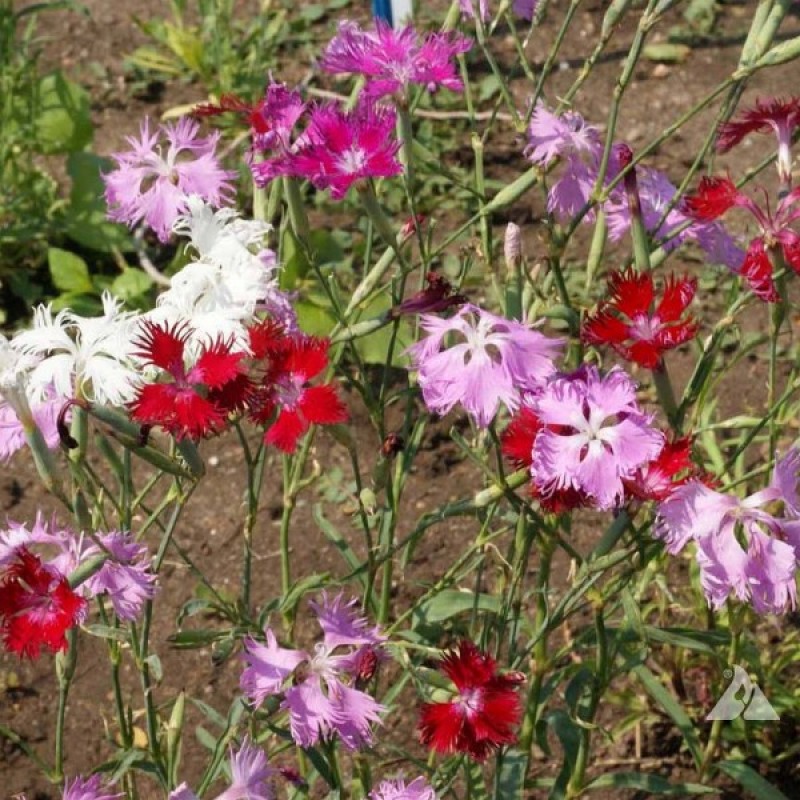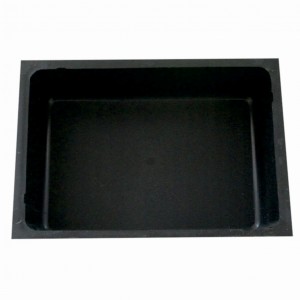



PAY ATTENTION!
All seeds (except SOLD OUT) are available for immediate shipping and will be dispatched within 1-2 business days.
INFORMATION NEEDED? PLEASE CONTACT US NOW!
Dianthus superbus is a European/Asian loosely tufted species that typically grows to 20-25 cm tall with decumbent stems below and branched upright stems above. Shaggy, deeply-fringed flowers (to 5 cm across) appear singly or in pairs at the stem ends in summer. Flowers are scented. Medium green basal leaves are linear-lanceolate (to 6-8 cm long).
Good for rock gardens, border fronts, cottage gardens or containers.
Genus name comes from the Greek words dios meaning divine and anthos meaning flower.
Easily grown in average, medium, well-drained soils in full sun. Prefers fertile, slightly alkaline, somewhat gritty loams with good drainage. Prompt removal of spent flowers may prolong bloom period, but can be quite labor intensive. For larger plantings, it is perhaps more practical to simply shear off spent flowers after bloom.
Information source: http://www.missouribotanicalgarden.org
Approximately 200-250 seeds in 0.2 g packet.
Genus - Dianthus
Species - Superbus
Variety - mixed
Common name - Fringed Pink
Pre-Treatment - Not-required
Hardiness zones - 3 - 9
Height - 0,20 - 0,25 m
Spread - 0,20 - 0,25 m
Plant type - Perennial
Exposure - Full Sun, Partial Sun
Growth rate - Medium
Soil PH - Neutral, Alkaline
Soil type - Fertile chalky Clay, Loam, Well Drained
Water requirements - Average, drought tolerant
Landscape uses - Rock gardens, border fronts, cottage gardens or containers
Bloom season - June - September
Leaf / Flower color - Green / mix
GERMINATION INSTRUCTIONS
1. Bury the seeds under 4-5 mm of commercial seed planting medium or a mix of equal parts of perlite and peat moss in a shallow tray 5-7 cm deep. Start the seeds in the early spring about 6 weeks before the last frost in your area - from March to June. Sow outside in June.
2. Water the container from the bottom by setting it into a sink filled with about 2-3 cm of water for about 10 minutes. Lift, drain slightly until the water stops dripping and place the container in a sunny window.
3. Cover the whole container with a clear plastic bag that will let the light in but keep the soil moist. Remove it after about 10 days when the seeds start sprouting.
4. Water the seedlings every few days so that the soil stays moist. Add 1 tsp. of general liquid plant fertilizer to a gallon of water and fertilize the seedlings once a week after they are about 10 days old.
5. Transplant the dianthus seedlings outside in the spring, keeping the soil around their roots by sliding a spoon under them and lifting them from the container.
6. Set the seedlings into holes deep enough to hold the roots and keep the plant at the same planting depth. Gently press the soil so that it is firm around the stem and continue the watering and fertilizing schedule.
Info source: eHow.com
Atsiliepimų apie šią prekę kol kas nėra.
No questions about this product.









